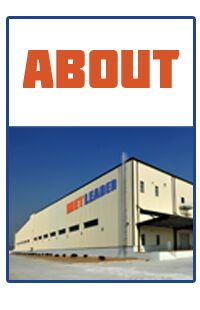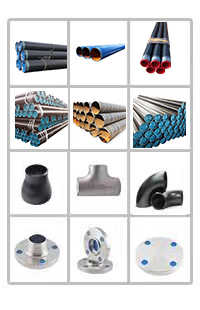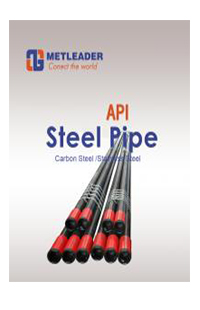What is the difference between A106 pipes and A53 pipes?
The types and grades of ASMT A53 pipes.
Regarding to ASTM A53, there are ERW and F, E, S type seamless steel pipes including A and B grades.
A53 F type, furnace butt welding, continuous welding A grade
A53 E, resistance welding (ERW), class A and class B
A53 S type, seamless steel pipe, grade A and grade B
If there are different grades of raw materials in the continuous casting process, the results of transition materials should be determined.The manufacturer should use a process that can actively separate the grades to remove transition materials.
For ERW pipes in ASTM A53 grade B, weld should be minimum of 1000 ° F (540 ° C) heat treatment. In this way, martensite is still present without the untempered martensite.
If the ASTM A53 grade B pipe is cooled and expanded, the expansion should not exceed 1.5% of the required OD.
(note that F type is not used for flanging, and if S or E type is used for winding or cold bending, ASTM A106 grade A level is recommended. Although, the use of ASTM A106 B grade cold bending and winding is not prohibited. According to the manufacturer's facility, the type E of the ASTM A53 pipe can be supplied with non-cold expansion or cold expansion steel pipes.
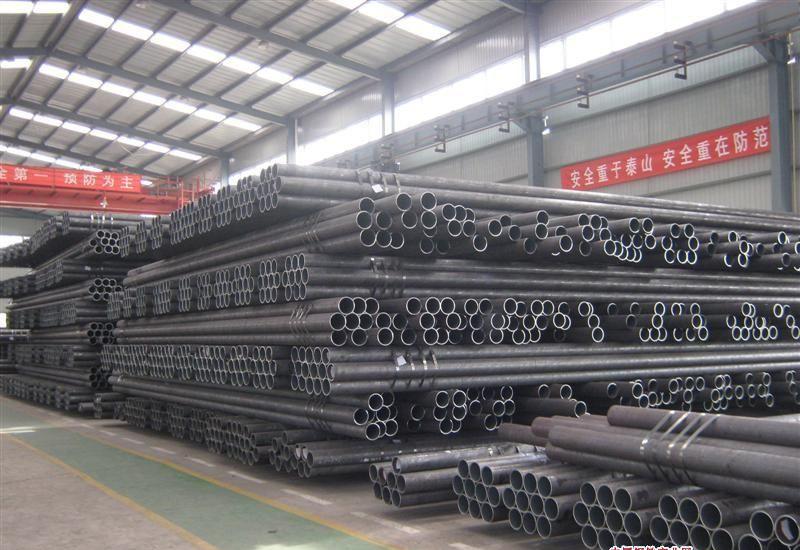
The types and grade of ASTM A106 pipes
Regarding ASTM A106 steel pipes, the type is only seamless, hot rolling and cold drawing processes A, B and C grades
ASTM A106 class A: 0.25% of maximum carbon, Mn 0.27-0.93%.The minimum tensile strength is 48,000 Psi or 330 Mpa, and the yield strength is 30,000 Psi or 205 Mpa.
A106 B grade: maximum C is less than 0.30%, and Mn 0.29-1.06%.The minimum tensile strength is 60,000 Psi or 415 Mpa, and the yield strength is 35,000 Psi or 240 Mpa.
Grade C: maximum C 0.35%, Mn 0.29-1.06%.The minimum tensile strength is 70,000 Psi or 485mpa, and the yield strength is 40,000 Psi or 275 Mpa.
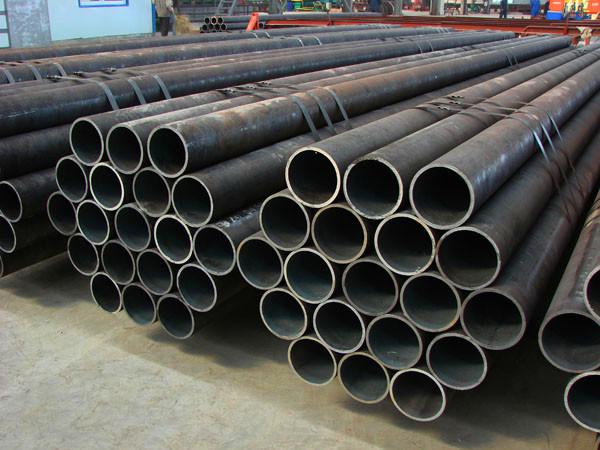
The application of ASTM A53
1. Construction, underground transportation, construction groundwater exploitation, steam water transportation, etc.
2. Bearing sleeve, machining of mechanical parts.
Electrical applications: gas delivery, hydro-electric fluid pipeline.
4. Antistatic tube of wind power plant, etc
5. Galvanized pipes.
The applications of ASTM A106
Especially for up to 750 ° F high temperature service, in most cases it can replace the ASTM A53 pipe. In some countries, at least in the United States, ASTM A53 is commonly used for welded pipes, while ASTM A106 is used for seamless pipes. If the customer requests ASTM A53, they will also provide A106. In China, the manufacturer will provide piping that complies with three standard ASTM A53 B/ASTM A106 B/API 5L B.
Regarding to ASTM A53, there are ERW and F, E, S type seamless steel pipes including A and B grades.
A53 F type, furnace butt welding, continuous welding A grade
A53 E, resistance welding (ERW), class A and class B
A53 S type, seamless steel pipe, grade A and grade B
If there are different grades of raw materials in the continuous casting process, the results of transition materials should be determined.The manufacturer should use a process that can actively separate the grades to remove transition materials.
For ERW pipes in ASTM A53 grade B, weld should be minimum of 1000 ° F (540 ° C) heat treatment. In this way, martensite is still present without the untempered martensite.
If the ASTM A53 grade B pipe is cooled and expanded, the expansion should not exceed 1.5% of the required OD.
(note that F type is not used for flanging, and if S or E type is used for winding or cold bending, ASTM A106 grade A level is recommended. Although, the use of ASTM A106 B grade cold bending and winding is not prohibited. According to the manufacturer's facility, the type E of the ASTM A53 pipe can be supplied with non-cold expansion or cold expansion steel pipes.

The types and grade of ASTM A106 pipes
Regarding ASTM A106 steel pipes, the type is only seamless, hot rolling and cold drawing processes A, B and C grades
ASTM A106 class A: 0.25% of maximum carbon, Mn 0.27-0.93%.The minimum tensile strength is 48,000 Psi or 330 Mpa, and the yield strength is 30,000 Psi or 205 Mpa.
A106 B grade: maximum C is less than 0.30%, and Mn 0.29-1.06%.The minimum tensile strength is 60,000 Psi or 415 Mpa, and the yield strength is 35,000 Psi or 240 Mpa.
Grade C: maximum C 0.35%, Mn 0.29-1.06%.The minimum tensile strength is 70,000 Psi or 485mpa, and the yield strength is 40,000 Psi or 275 Mpa.

The application of ASTM A53
1. Construction, underground transportation, construction groundwater exploitation, steam water transportation, etc.
2. Bearing sleeve, machining of mechanical parts.
Electrical applications: gas delivery, hydro-electric fluid pipeline.
4. Antistatic tube of wind power plant, etc
5. Galvanized pipes.
The applications of ASTM A106
Especially for up to 750 ° F high temperature service, in most cases it can replace the ASTM A53 pipe. In some countries, at least in the United States, ASTM A53 is commonly used for welded pipes, while ASTM A106 is used for seamless pipes. If the customer requests ASTM A53, they will also provide A106. In China, the manufacturer will provide piping that complies with three standard ASTM A53 B/ASTM A106 B/API 5L B.
Previous:Some knowledge about steel pipe elbows
Next:What are the advantages and disadvantages of socket weld fittings?
Next:What are the advantages and disadvantages of socket weld fittings?







